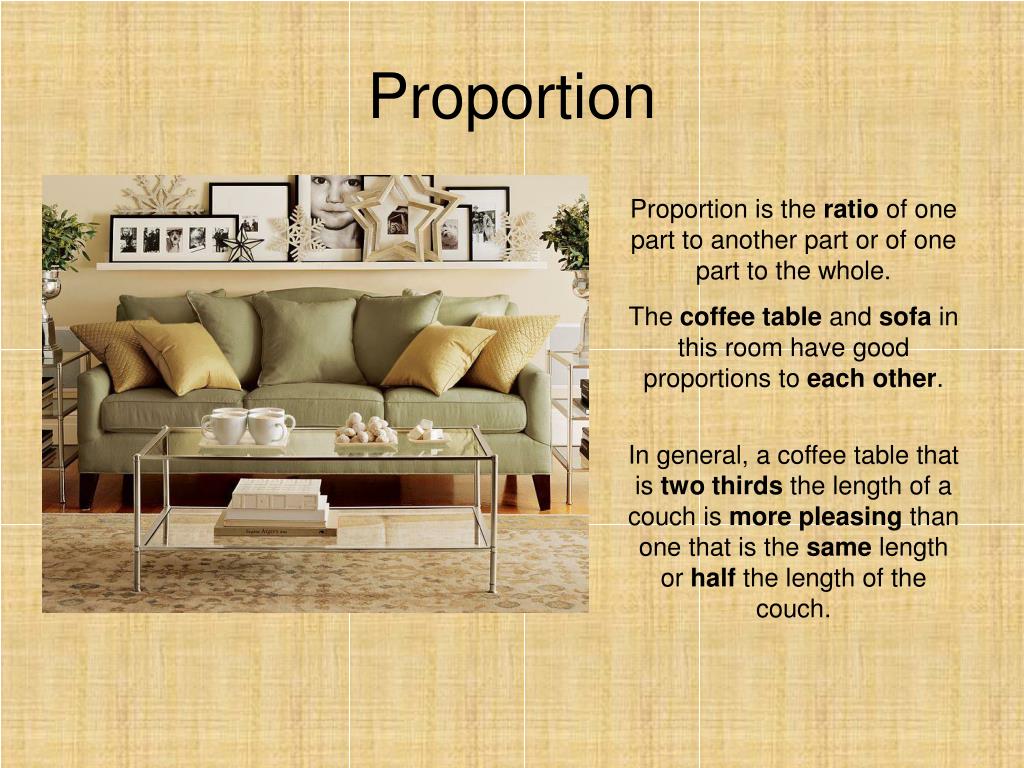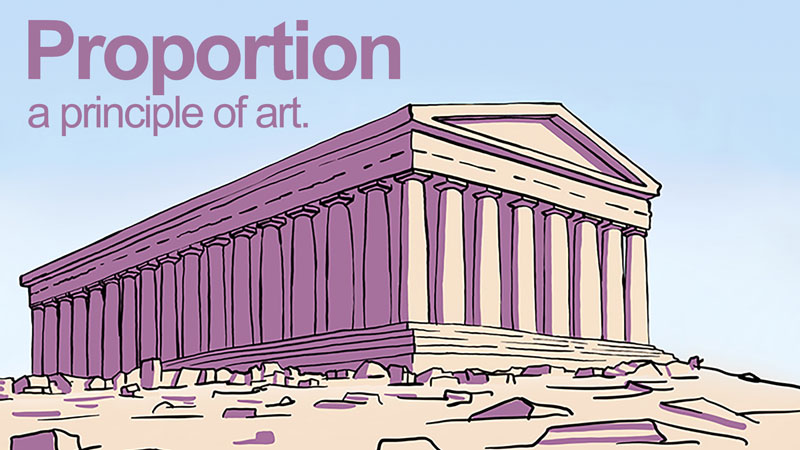Table Of Content

Proportion is a cornerstone of architectural design, shaping the visual harmony and spatial balance of built environments. From ancient temples to contemporary skyscrapers, architects have wielded the power of proportion to evoke a sense of beauty and order in their creations. Human scale is the relationship between the size of a space and the size of the people who will be using it. It is important in interior design because it can affect how comfortable and welcoming a space feels.
Balance in Website Layouts
The size of the head compared to the body resembles a true human figure. Relative to the size of the average person, it’s almost three times as large. Framing directs focus and emphasizes specific aspects of the design, acting like a visual spotlight that draws attention to key elements. When it comes to design, color is one of the first things that both users and designers notice. It can function as a standalone element or serve as a backdrop for others, such as lines, forms, textures, or typography.
Principles of Design: Pattern
By carefully crafting patterns, designers can evoke emotions, convey messages more powerfully, and create a sense of harmony and unity within their works. The principles of design are fundamental elements that help structure and organize visual material effectively. Balance, alignment, contrast, repetition, hierarchy, and unity are key to creating aesthetically pleasing and functional designs. These principles guide designers in arranging components in a way that is visually appealing and easy to understand. By applying these principles, designers ensure that every part of their work contributes to a cohesive whole. This not only enhances the beauty of a design but also boosts its functionality and effectiveness.
Principles of Design: Variety
Accentuating parts of the design using texture, form or color will provide interest and lead the eye through the design, however, too much emphasis will feel chaotic. This image uses a lot of proportion and scale to emphasize the different sizes of elements. It gives a sense of clarity to the size of Big Ben in the distance to the market stalls that are closer.
VARIETY

One example of using proportion in interior design is by creating a balanced composition of furniture and decor. For instance, a large sectional sofa in a small room can create a cramped and cluttered feel. Decor is the finishing touch in interior design, and proportion is essential for creating a cohesive look. When choosing decor pieces, it’s essential to consider the size of the space and the other elements in the room.
How to Use the Principles of Design
Trial Design Principles for Patients at High Bleeding Risk Undergoing PCI: JACC Scientific Expert Panel - ScienceDirect.com
Trial Design Principles for Patients at High Bleeding Risk Undergoing PCI: JACC Scientific Expert Panel.
Posted: Mon, 14 Sep 2020 19:27:51 GMT [source]
For example, if a room has high ceilings, it may be necessary to use taller furniture to fill the space. On the other hand, if a room has low ceilings, it may be necessary to use lower furniture to avoid making the space feel cramped. Sequence refers to how transitions in the elements of plant size, shape and texture are used.

It's commonly seen in nature—like the petals on a flower—and can create a strong focal point in your designs. A good example is the design of a dartboard, where all elements radiate out from the bullseye. Another way is by using symmetry, which involves placing identical or similar elements on either side of a central axis. Instead, a smaller sofa or a set of armchairs can create a more open and inviting space. Another example is by using art and accessories that complement the scale of the room. Large pieces of artwork in a small room can overwhelm the space, while smaller pieces can create a cohesive look.
Principles of Design: Contrast
Similarly, in architecture, if one element is too big or too small compared to the rest, it throws off the balance of the entire design. Think of a perfectly mirrored image, where the left and right side are identical. This type of balance is simple, clean, and can create a sense of calm and stability. Some of the world's most famous logos, like McDonald's and Apple, use symmetry to their advantage. The kitchen is a space where proportion is vital for both functionality and aesthetics.
Achieving balance creates a sense of harmony, stability, and equilibrium. You can apply contrast by using colors, textures, sizes, and shapes. Asymmetrical balance is achieved when the elements on either side of a central axis aren’t the same.
When you look at a design composition from now on, think of these principles and how they are being applied. You'll be able to decode the most intricate designs and understand what's working and what's not. In the example below, the pattern repeats itself from edge to edge without any disruptions.
Proportion is the harmonious relationship between two or more elements of scale. In order to take advantage of proportion in UI design, we must first understand the differences between size, scale, and proportion. All three of these terms are related, but there are some clear distinctions to consider. A king-size bed in a small bedroom can quickly overwhelm the space, while a twin bed in a large bedroom can look out of place.

No comments:
Post a Comment